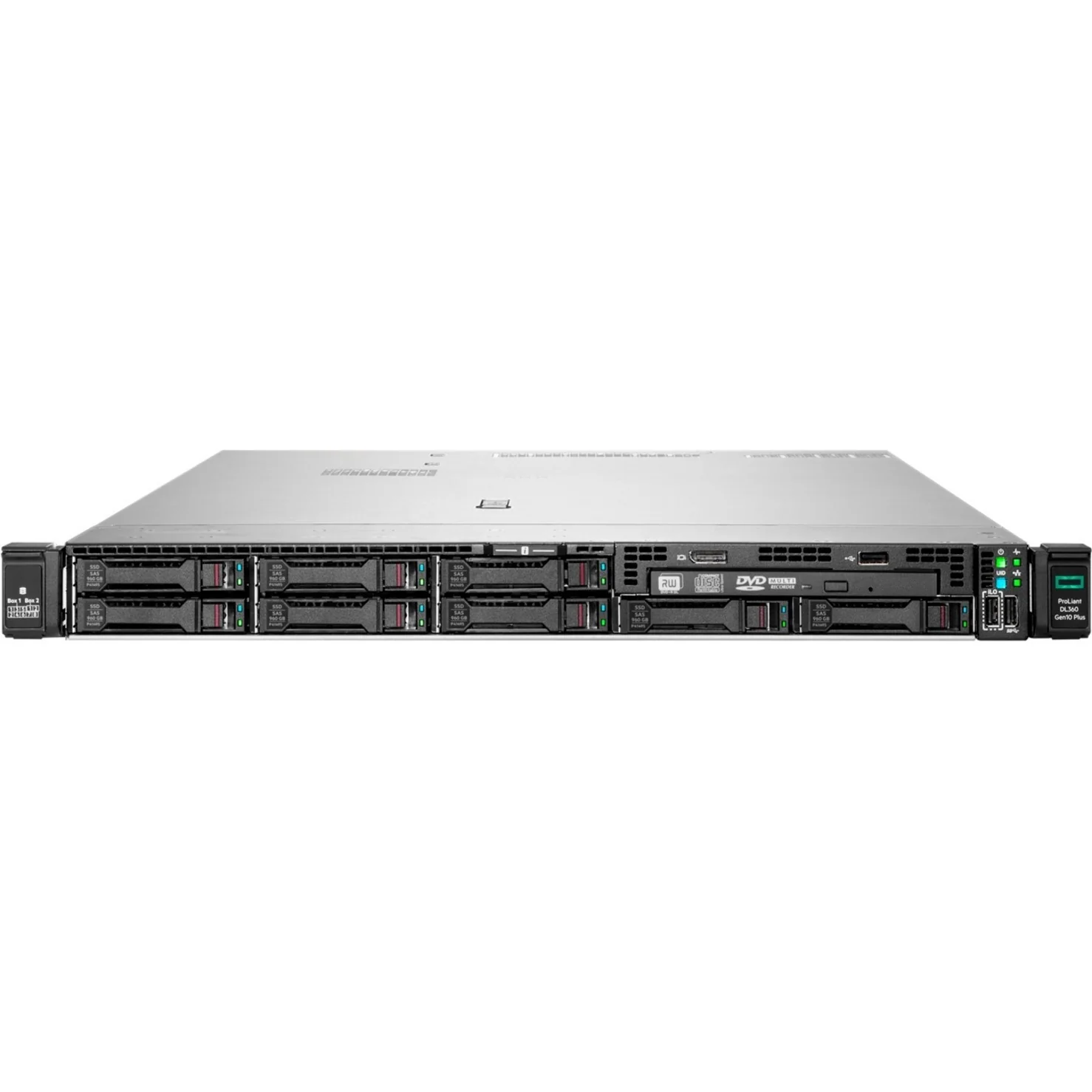hałas dysku twardego
Dźwięk dysku twardego przedstawia złożone zjawisko akustyczne, które występuje podczas pracy urządzeń pamięci masowej. Hałas ten wynika głównie z różnych elementów mechanicznych pracujących jednocześnie, w tym obracających się talerzy, przesuwających się głowic odczytu/zapisu oraz działania silnika. Nowoczesne dyski twarde pracują zazwyczaj z prędkością od 5400 do 7200 RPM, generując charakterystyczne sygnały dźwiękowe. Wartość akustyczna zależy od wielu czynników, takich jak prędkość działania dysku, jakość produkcji, sposób montażu oraz stan eksploatacji. Podczas normalnej pracy użytkownik może zauważyć różne rodzaje dźwięków: ciągły szum pochodzący od obrotu talerzy, okazjonalne klikanie związane z ruchem głowic oraz możliwe rezonanse związane z wibracjami. Te cechy akustyczne służą jako ważne wskaźniki diagnostyczne, pomagając użytkownikom i technikom identyfikować potencjalne problemy lub ustalić wzorce normalnej pracy. Zaawansowane osiągnięcia technologiczne doprowadziły do znacznych popraw w zakresie redukcji hałasu dzięki różnym rozwiązaniom, takim jak silniki z łożyskami hydrodynamicznymi, ulepszone materiały tłumiące oraz zaawansowane sterowanie firmware’owe, które optymalizuje wzorce ruchu głowic. Zrozumienie charakterystyki hałasu dysku twardego jest istotne zarówno dla konsumentów, jak i profesjonalistów, ponieważ wspomaga projektowanie systemów, lokalizację problemów oraz procedury konserwacyjne. Profil akustyczny dysku twardego może wpływać na jego przydatność w różnych zastosowaniach – od cichych biur domowych po centra danych, gdzie jednocześnie pracuje wiele dysków.


